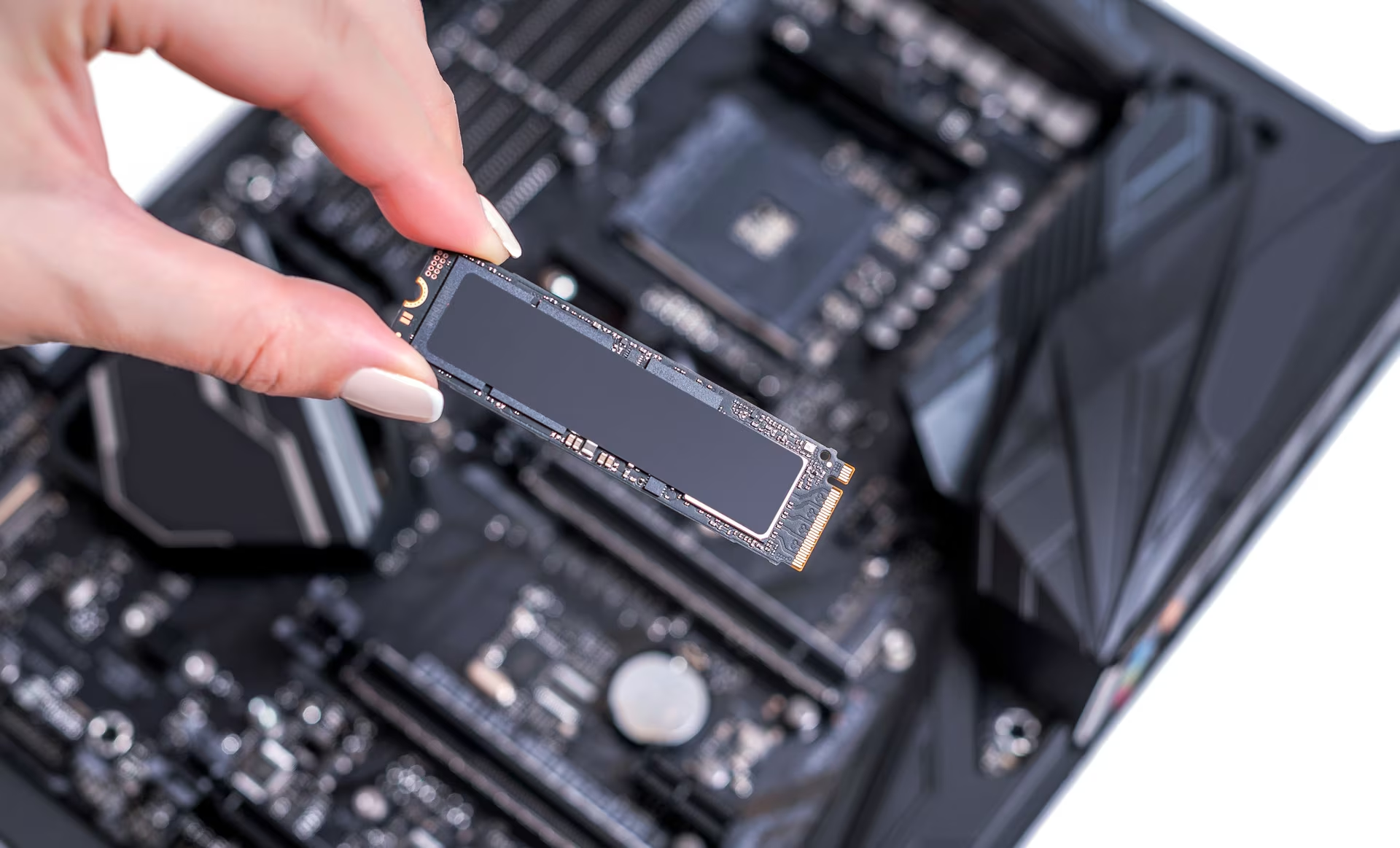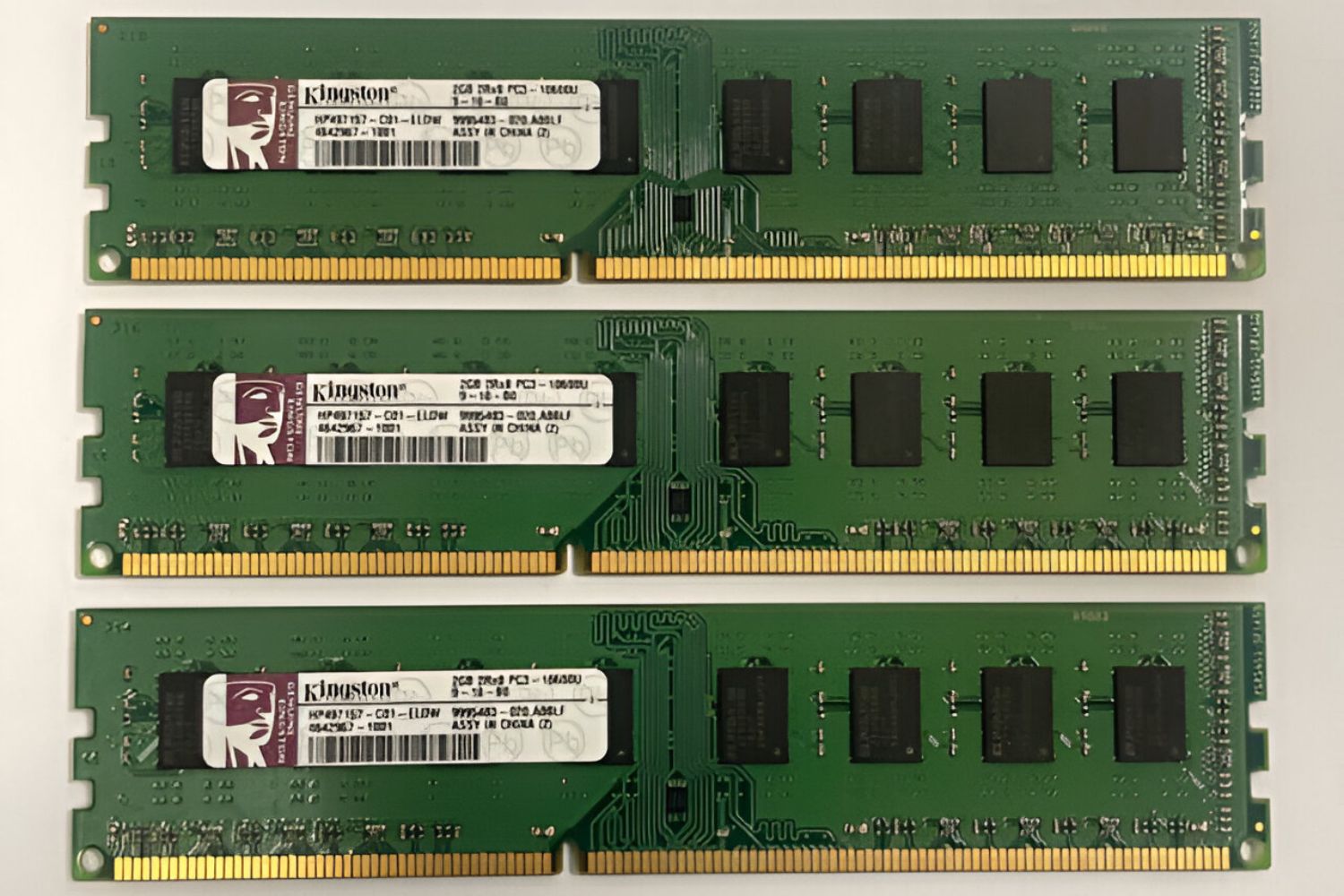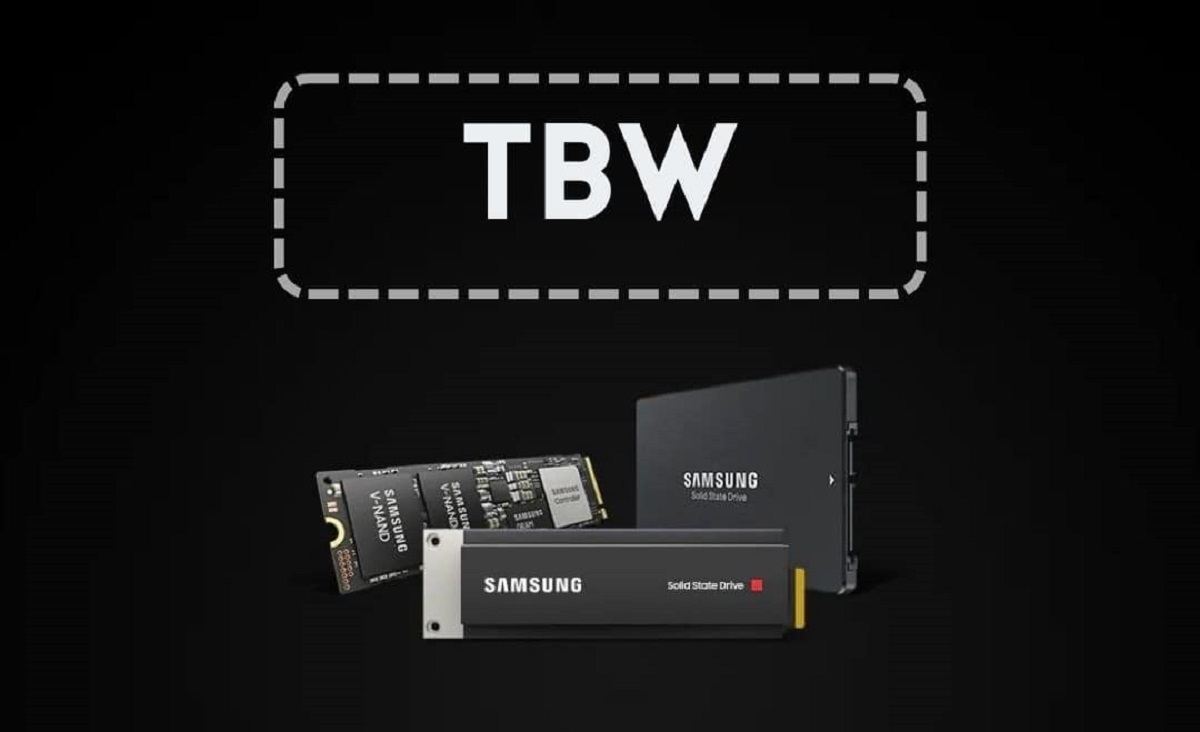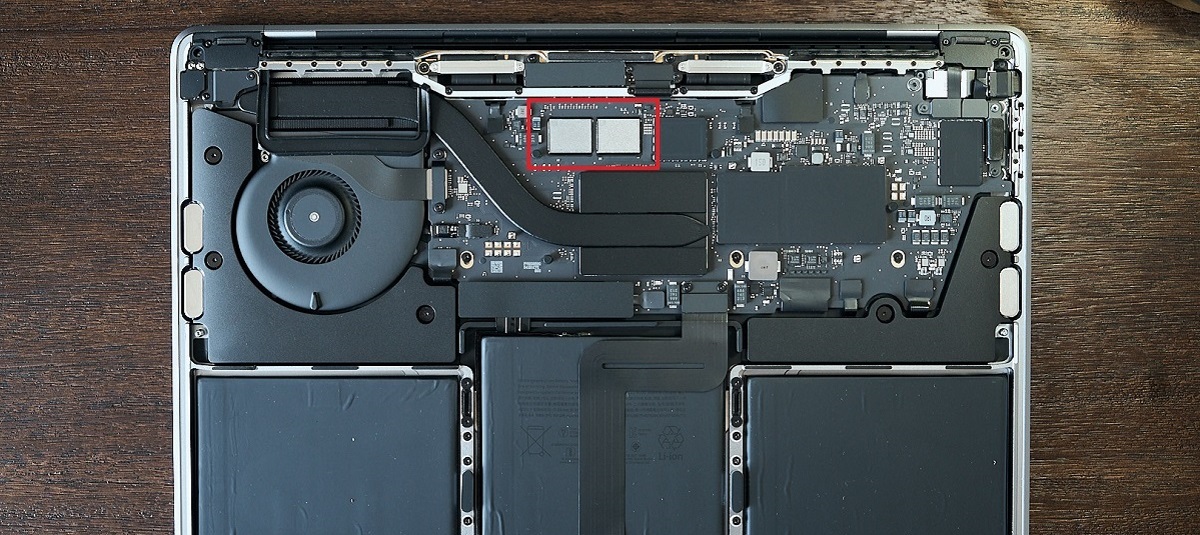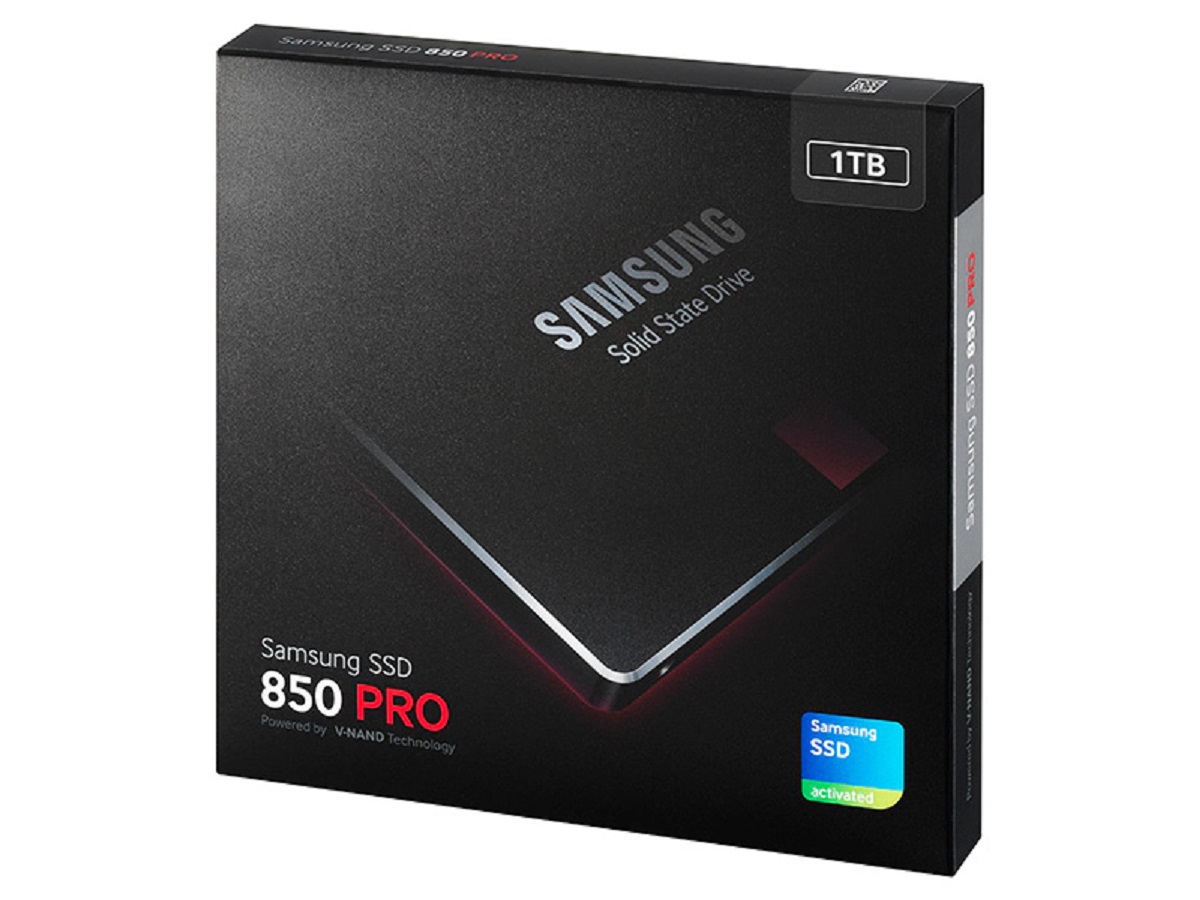Reasons to Check for a Solid State Drive (SSD)
If you’re wondering whether your computer is equipped with a Solid State Drive (SSD) or a traditional Hard Disk Drive (HDD), there are several reasons why you should check. Understanding whether your computer has an SSD can provide valuable insights into its performance, durability, and overall user experience. Here are a few key reasons why it’s important to verify the presence of an SSD:
- Faster Performance: One of the primary advantages of an SSD over an HDD is its faster read and write speeds. SSDs use flash memory technology, allowing them to access and retrieve data much quicker than traditional hard drives. This translates into faster boot times, reduced application load times, and smoother overall system responsiveness.
- Improved Durability: Unlike HDDs, which have moving mechanical parts, SSDs have no moving parts and are therefore less prone to physical damage or failure. This makes SSDs more reliable and durable, especially when it comes to handling accidental drops or bumps.
- Energy Efficiency: SSDs consume less power compared to HDDs, making them an energy-efficient choice for laptops and portable devices. With lower power consumption, SSDs can help extend battery life, allowing you to use your device for longer periods without the need for frequent charging.
- No Noise: Since SSDs do not have moving parts, they operate silently, eliminating the noise often associated with spinning HDDs. This can significantly enhance the overall user experience, especially in quiet environments or when working on tasks that require concentration.
- Compact Design: SSDs are typically smaller and lighter than HDDs, making them ideal for slim and portable devices such as ultrabooks or tablets. The compact form factor of SSDs allows for better mobility and ease of use, without compromising storage capacity or performance.
By checking whether your computer has an SSD, you can ensure that you’re harnessing the benefits of modern storage technology. Whether you’re a casual user, a gamer, or a professional in need of high-performance computing, owning a computer with an SSD can greatly enhance your overall computing experience.
Verifying the Presence of an SSD: Physical Inspection
If you’re curious to know whether your computer is equipped with a Solid State Drive (SSD), one of the first steps you can take is to perform a physical inspection of your device. While this method may not provide conclusive evidence, it can give you some initial clues. Here are a few things to look for when verifying the presence of an SSD:
- Check the Device Specifications: Start by checking the specifications of your computer. Look for any indications of an SSD in the product description or manual. If your device is a pre-built system, you can visit the manufacturer’s website or contact their support team for detailed information about the storage configuration.
- Inspect the Storage Bays: Open up your computer’s case and inspect the storage bays. Most modern desktop computers have easily accessible drive bays where you can physically see the installed storage devices. Look for small rectangular-shaped drives that are similar in size to a deck of cards. These are likely SSDs.
- Identify the Drive Connectors: Take note of the connectors used to attach the storage drives to the motherboard. SSDs typically use SATA (Serial ATA) connectors, which are flat and narrow. If you see connectors that match this description, there’s a good chance that your computer is equipped with an SSD.
- Look for SSD Labels: Some manufacturers label their SSDs with specific branding or logos. Check the visible surface of the storage devices for any identifying marks that indicate an SSD. These labels may include terms like “Solid State Drive,” “SSD,” or the manufacturer’s name.
- Consider the Drive Capacity: While not a foolproof method, the capacity of the installed drive can provide a clue about whether it’s an SSD or HDD. SSDs often have lower capacities compared to HDDs, especially in older systems. If your computer has a relatively small storage capacity and exhibits the characteristics mentioned above, it’s more likely to be an SSD.
Please keep in mind that these methods may vary depending on the type of computer you have. If you’re uncomfortable opening up your computer or unsure about the specific components, it’s best to consult with a professional technician or refer to the manufacturer’s documentation. However, a physical inspection can give you a good starting point in determining if your computer is equipped with an SSD.
Verifying the Presence of an SSD: Internal Software
In addition to physical inspection, you can also verify the presence of a Solid State Drive (SSD) in your computer by utilizing internal software tools. These tools can provide detailed information about the storage devices and their characteristics. Here are a few methods you can use to identify an SSD through internal software:
- Operating System Information: Both Windows and macOS provide system information tools that can display hardware details, including storage devices. In Windows, you can access the System Information utility by typing “System Information” in the Start menu search bar. On macOS, click the Apple menu, select “About This Mac,” and then click the “System Report” button. Look for the storage section to find information about your drives.
- Device Manager (Windows Only): In Windows, you can use the Device Manager to view and manage the hardware devices connected to your computer. To access Device Manager, right-click on the Start button and choose “Device Manager” from the menu. Expand the “Disk drives” category to see the storage devices listed. The model name or number can provide clues about whether it’s an SSD.
- Third-Party Software: There are various third-party software applications available that can provide detailed information about the storage devices on your computer. One popular option is CrystalDiskInfo, which is available for both Windows and macOS. CrystalDiskInfo displays information such as drive model, health status, and interface type, allowing you to determine if an SSD is present.
- Terminal Commands (Linux): If you’re using a Linux-based operating system, you can utilize terminal commands to gather information about your storage devices. The “lsblk” command provides a list of block devices, including drives, their sizes, and the type of interface they use. You can use this command to identify if an SSD is connected to your system.
By utilizing these internal software tools, you can easily gather information about the storage devices in your computer and identify the presence of an SSD. These methods are non-intrusive and do not require any physical access to your hardware. Keep in mind that the terminology and interface may vary depending on the operating system and software tools you are using.
Identifying an SSD in Windows
Windows provides several methods to identify the presence of a Solid State Drive (SSD) in your computer. By using built-in tools and utilities, you can easily check if your Windows system is equipped with an SSD. Here are a few ways to identify an SSD in Windows:
- Device Manager: Open the Device Manager by right-clicking on the Start button and selecting “Device Manager” from the menu. Expand the “Disk drives” category to see a list of storage devices. If your computer has an SSD, it might be listed as “Solid State Drive,” “SSD,” or with the manufacturer’s name.
- Windows System Information: Access the System Information utility by typing “System Information” in the Start menu search bar and selecting the corresponding result. In the System Summary section, look for the “Storage” category. Here, you’ll find information about your drives, including their type (SSD or HDD).
- Task Manager: Open the Task Manager by right-clicking on the taskbar and selecting “Task Manager.” Click on the “Performance” tab, and then select “Storage” from the left-hand menu. Under the “Usage” column, you’ll see a list of drives. If your computer has an SSD, it will be labeled as such.
- Optimize Drives: In Windows 10, you can use the Optimize Drives utility to analyze your drives and determine their type. Type “Optimize Drives” in the Start menu search bar and select the utility from the results. In the list of drives, you’ll see a “Media type” column that indicates whether a drive is an SSD.
These methods will help you determine if your Windows system is equipped with an SSD. Remember that the terminology or labels used might vary depending on the specific manufacturer and model of your SSD. If you are unsure about the drive’s specifications, consult the manufacturer’s documentation or refer to the computer’s specifications provided by the manufacturer or retailer.
Identifying an SSD in macOS
macOS provides several built-in tools and utilities that can help you identify if your computer is equipped with a Solid State Drive (SSD). By using these methods, you can easily determine the presence of an SSD in your macOS system. Here are a few ways to identify an SSD in macOS:
- About This Mac: Click on the Apple menu in the top-left corner of your screen and select “About This Mac.” In the Overview tab, you’ll see information about your Mac, including the storage device. If it mentions “Solid State Drive,” “SSD,” or the manufacturer’s name, then your computer is equipped with an SSD.
- System Report: In the “About This Mac” window, click on the “System Report” button. This will open the System Information utility. In the left-hand sidebar, under the “Hardware” category, select “Storage.” Here, you’ll find a list of storage devices, including information about the type of drive (SSD or HDD).
- Disk Utility: Open the Disk Utility application by searching for it in Spotlight or by navigating to “Applications” > “Utilities” > “Disk Utility.” In the left-hand sidebar, you’ll see a list of drives. Select a drive, and in the main window, you’ll find information about the device, including its type (SSD or HDD).
- Terminal Commands: For more advanced users, macOS also provides terminal commands to gather information about storage devices. Launch the Terminal application, and you can use commands like “diskutil info /dev/disk0” or “diskutil list” to view detailed information about your drives, including the device type.
By utilizing these built-in tools, you can easily identify if your macOS system is equipped with an SSD. The information displayed may vary slightly depending on the specific model and manufacturer of your SSD, but it should provide the necessary details to determine the drive type. If you’re still unsure about the specifications, refer to the manufacturer’s documentation or consult with an Apple support representative.
Identifying an SSD in Linux
Linux provides several methods to identify if your computer is equipped with a Solid State Drive (SSD) using built-in tools and terminal commands. By utilizing these methods, you can easily determine the presence and characteristics of an SSD in your Linux system. Here are a few ways to identify an SSD in Linux:
- Using lsblk Command: Open a terminal and enter the command “lsblk” to list all the block devices, including your storage drives. Look for devices labeled as “SSD” or “Solid State Drive” in the TYPE column. Additionally, you can check the SIZE column to identify smaller-sized drives that are typically associated with SSDs.
- Using lshw Command: The lshw command provides detailed information about your hardware configuration. Open a terminal and enter the command “sudo lshw -class disk” to display information about your storage devices. Look for devices labeled “solid state” or “SSD” in the description to identify SSDs.
- Using GNOME Disks: If you are using a Linux desktop environment with GNOME, you can use the GNOME Disks utility to identify your drives. Launch the “Disks” application and look for devices labeled as “Solid State Drive” or “SSD” in the “Model” or “Media” columns.
- Using SMART Monitoring: SMART (Self-Monitoring, Analysis, and Reporting Technology) monitoring allows you to gather detailed information about your storage devices. Open a terminal and enter the command “sudo smartctl -i /dev/sda” (replace “/dev/sda” with the appropriate device name) to check the SMART output. Look for the “Rotation Rate” parameter, which should indicate “Solid State Device” for an SSD.
These methods can help you determine the presence and type of SSD in your Linux system. The output and terminology may vary slightly depending on the distribution and hardware configuration. If you require more detailed information, consult the documentation for your specific Linux distribution or refer to the manufacturer’s documentation for your SSD.
Performance Indicators of an SSD
Solid State Drives (SSDs) offer significant performance advantages over traditional Hard Disk Drives (HDDs). Understanding the performance indicators of an SSD can help you assess its capabilities and make informed decisions when choosing or evaluating storage options. Here are some key performance indicators to consider:
- Read and Write Speeds: SSDs are known for their fast read and write speeds, which directly impact how quickly data can be accessed and written on the drive. Higher read and write speeds result in faster boot times, reduced application load times, and improved overall system responsiveness.
- Random Access Time: Random access time refers to the time taken by an SSD to locate and retrieve data from various locations on the drive. SSDs have significantly lower random access times compared to HDDs, leading to faster file and application access. This results in smoother multitasking capabilities and better performance for tasks that require frequent data access.
- Input/Output Operations Per Second (IOPS): SSDs offer high IOPS, which measures the number of input/output operations that can be performed per second. Higher IOPS translate to faster data transfers and better performance in scenarios involving multiple concurrent read and write operations, such as running multiple applications or working with large files.
- Throughput: Throughput refers to the amount of data that can be transferred over a period of time. SSDs typically provide higher throughput compared to HDDs, allowing for faster data transfers, especially when working with large files or performing data-intensive tasks such as video editing or gaming.
- Endurance and Longevity: SSDs have limited program/erase (P/E) cycles. However, modern SSDs often boast high endurance ratings and advanced wear-leveling algorithms, ensuring they can withstand years of regular usage. SSDs also have a longer lifespan compared to HDDs due to their lack of mechanical parts.
- Power Consumption: SSDs generally consume less power compared to HDDs. They are more energy-efficient, resulting in lower heat generation and extended battery life for laptops and portable devices. This makes them ideal for users who prioritize energy savings and longer usage without frequent charging.
It’s worth noting that the performance of an SSD can vary based on the specific model, interface (such as SATA or NVMe), and the overall system configuration. When evaluating an SSD’s performance, consider factors such as its read and write speeds, random access time, IOPS, throughput, endurance, and power consumption. Understanding these performance indicators will assist you in selecting an SSD that meets your specific requirements and provides optimal performance for your computing needs.
Conclusion
Identifying whether your computer has a Solid State Drive (SSD) is beneficial for various reasons. An SSD offers faster performance, improved durability, energy efficiency, and a noise-free experience compared to traditional Hard Disk Drives (HDDs). By conducting a physical inspection or utilizing internal software tools, you can easily verify the presence of an SSD in your system.
In Windows, you can check the Device Manager, System Information, Task Manager, or the Optimize Drives utility to identify an SSD. On macOS, access the About This Mac, System Report, Disk Utility, or use terminal commands to gather information about your storage devices. Linux users have options like lsblk, lshw, GNOME Disks, or SMART monitoring commands to identify an SSD.
Understanding the performance indicators of an SSD is crucial. Factors such as read and write speeds, random access time, IOPS, throughput, endurance, and power consumption are indicative of an SSD’s capabilities. By analyzing these indicators, you can make informed decisions when selecting or evaluating SSDs.
Whether you’re a casual user, gamer, or professional, owning a computer with an SSD can greatly enhance your computing experience. SSDs provide faster data access, improved system responsiveness, and increased durability. Their compact design, energy efficiency, and silent operation make them an ideal choice for laptops and portable devices.
With the information and methods provided in this article, you can confidently determine whether your computer is equipped with an SSD. Enjoy the benefits of enhanced performance, reliability, and efficiency that an SSD brings to your computing life.







